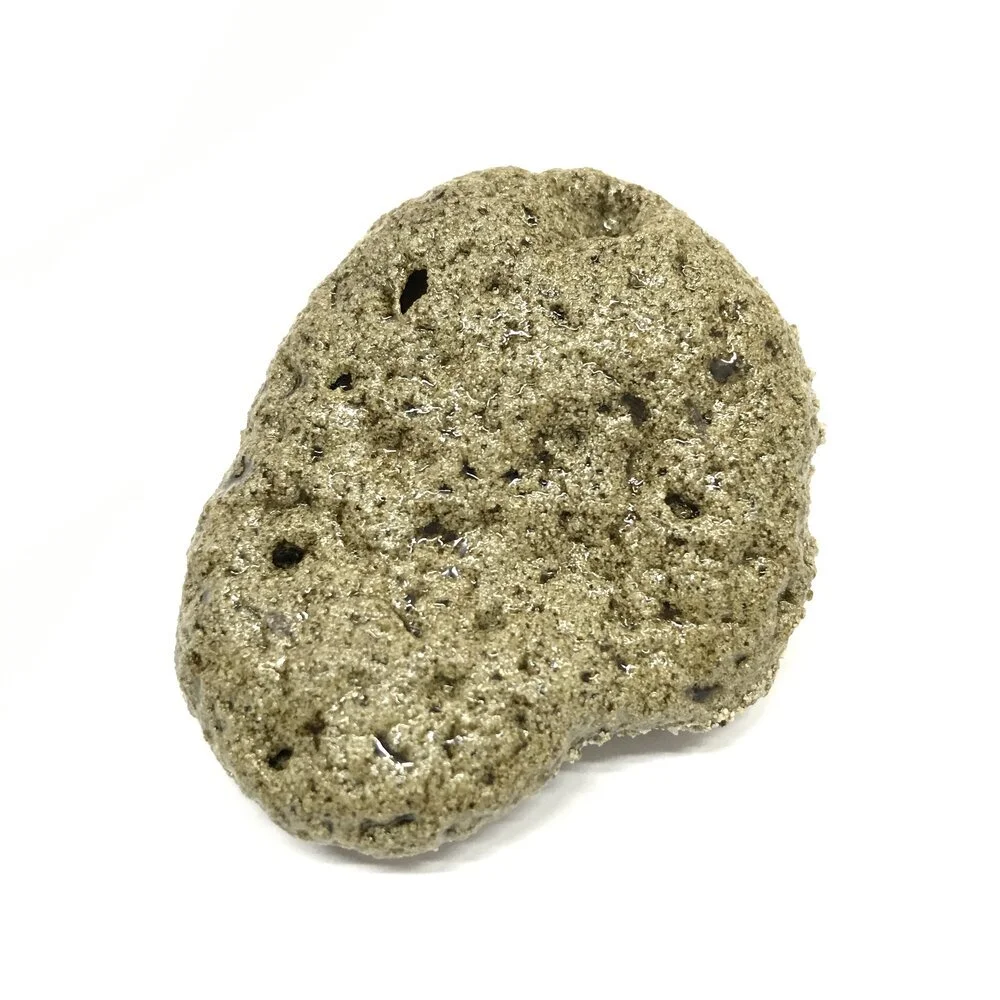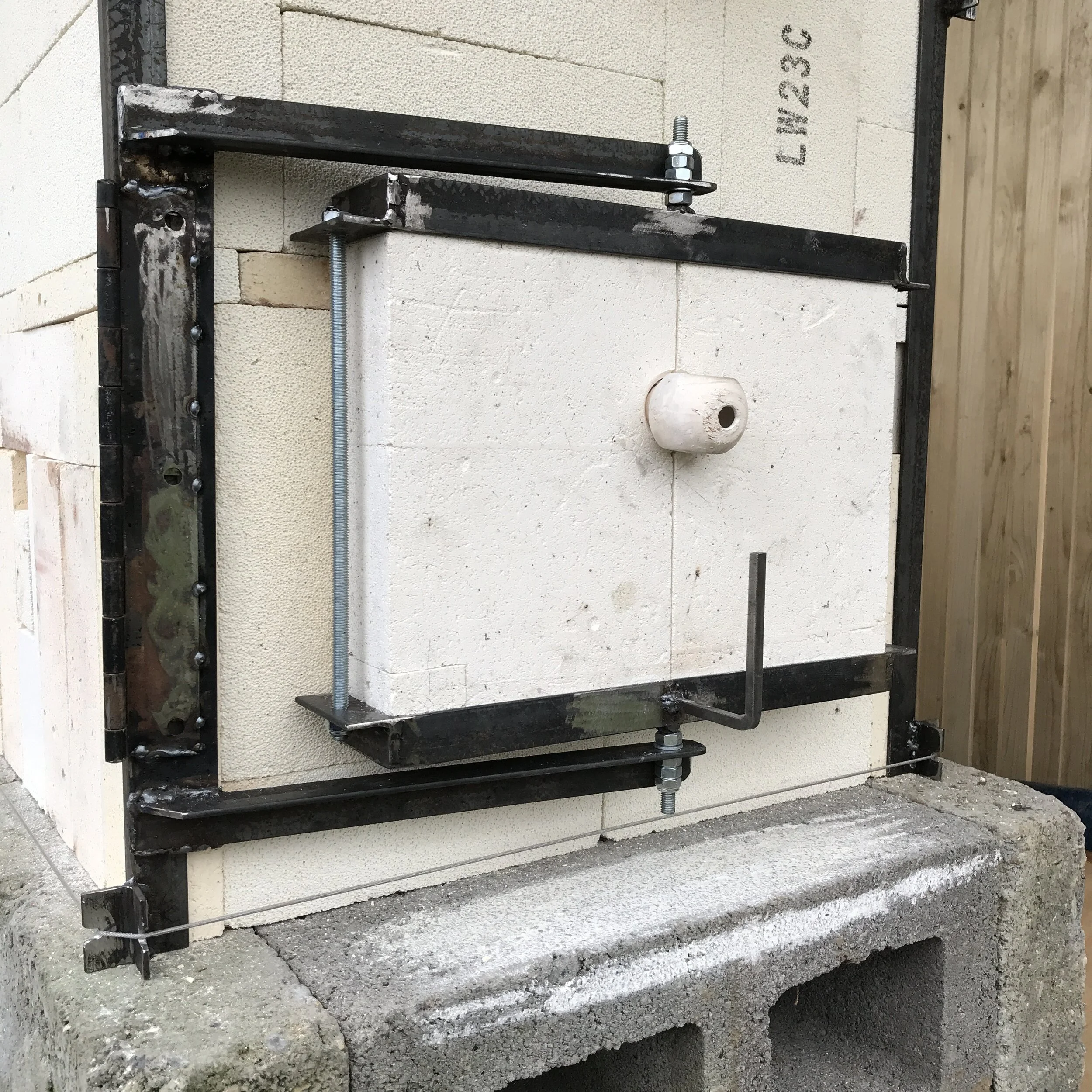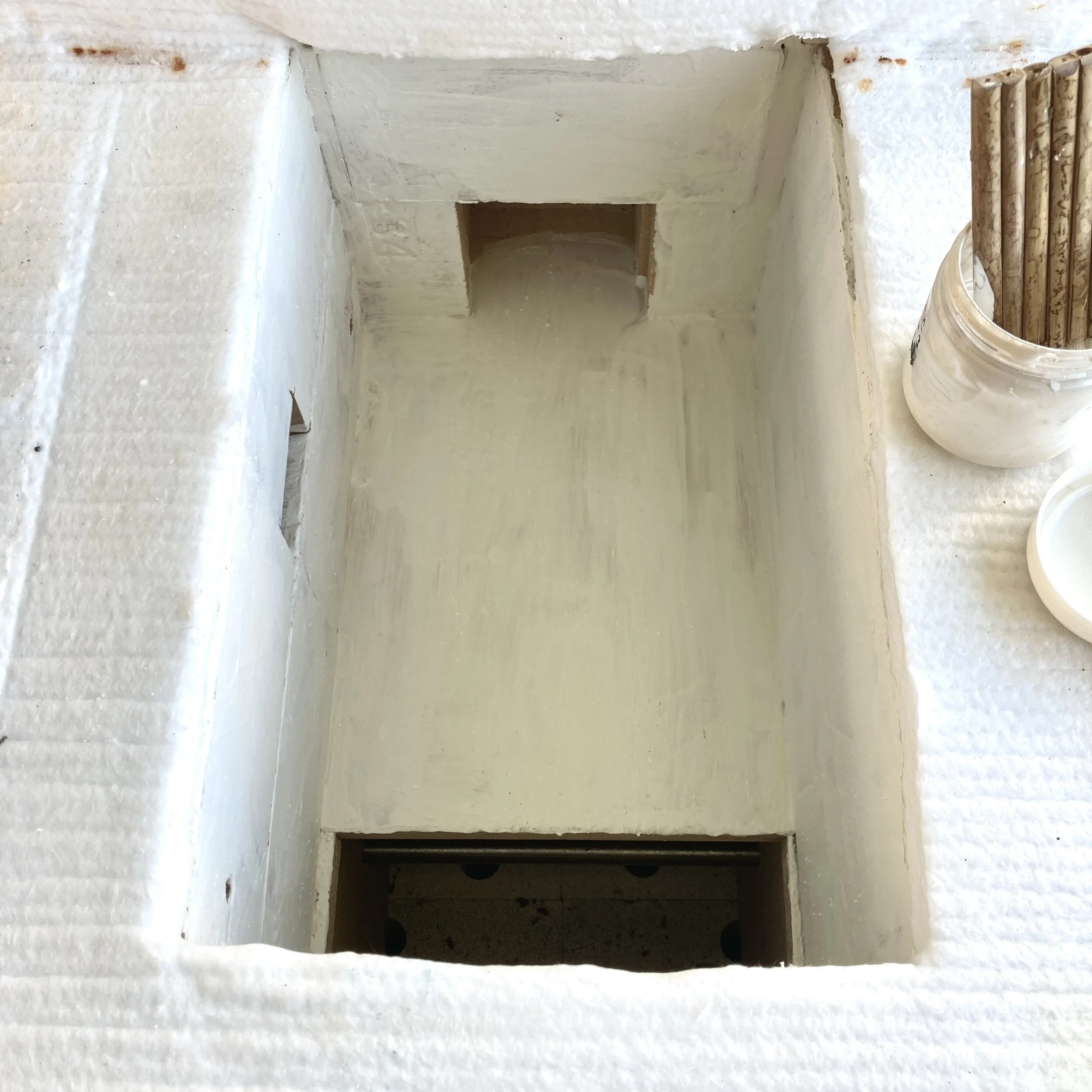Reflecting...
Making anything (pots, kilns, tables, socks) seems, to me, a process of continual reflection; bouncing back and forth in time. The ability to pull upon the deep memory embedded in muscle over years, and the new experience first tasted only yesterday, while remembering museum artefacts and written academic research which speaks of earth’s early geology, all while remaining somehow ‘present’ in the moment of making is quite an astonishing thing.. Both philosophically and practically, to be able to pass the experience accrued on, to others, is perhaps even more astounding, and yet it seems to be such a human compulsion: “look what happened when I did THIS!”
In taking on this kiln build, and the twists to my practice which it entails, I had to take a blind leap of faith that there would be the information and support out there to help me through the dozens of tiny decisions which lay ahead. I might be a jack-of-all-trades, but even I wasn’t fool enough to think that I’d be able to guess my way through, regardless of previous experience.
Thankfully, the ceramics community online is open, inclusive, and interested in an enthusiastic, eyes-wide kind of way. It seems that no matter what it is, or where your are on your own journey, there are others ahead, some behind, and many more to either side. So it’s in that spirit that I’d like to put some links together, as a way of passing it on, even if ‘it’ isn’t fully formed, or in any way exhaustive.
During the last five or six months I have trawled through hundreds of articles and dozens of books, perhaps thousands of images online, and countless videos. It’s what I’d recommend to anyone embarking on a project like this. It did occur to me that maybe it’s all those hours of reading and filtering and asking stupid questions which makes the journey personal, and encourages experimentation.. Either way, here goes:
Books
The most useful and thorough book by far, from this small snapshot below, was Jack Troy’s ‘Wood-fired Stoneware and Porcelain’: Every chapter seemed informative, balanced and concise, while not promising to dictate any single path through the maze. Each of the others chipped in their valuable insights and helped to further fuel my enthusiasm. Some of these are now out of print and seem to fetch a small fortune, so a quick search in your county library’s online catalogue is certainly worth the time spent, for the money potentially saved.
People
Look within your social network: you follow these people for a reason, and it’s probably because you think their work is awesome! Remember that these are people with bags of experience and enthusiasm to share. I’d like to thank Richard Munster, Jesus Minguez, and Hiroki Lory for their amazing support and advice, and their patience and good humour over Instagram DMs these past months:
Online
Perhaps surprisingly, there are a number of pretty thorough documents available free to download online. The following PDFs are all good; Steve Mill’s ‘Backyard kilns’ is particularly excellent:
And then of course there are all of the diagrams and photographs which Google Images will so neatly organise for you. Pinterest also seems to be a good place to browse for brick-by-brick plans. Here are just 4 which I seem to have kept for some reason:
Tips
Read all the advice:
The kiln building PDFs and books give you plenty of advice about where and where not to build, and many of the pitfalls etc. Best be safe and listen to the old-timers who wrote the books..
Find out where the suppliers get it from:
Sometimes it pays to chat to the blokes in the hardware shop or the general suppliers. I found myself purposefully phoning places which I knew didn’t have stock of the item I wanted, getting into conversation about the thing I’m building, and then asking where might stock it. Generally these people REALLY know their stuff and can then point you in the direction of the place where the trades people buy it, or even their own supplier. The fact is that they are not technically loosing a sale (because you need it before they can supply it) so what they sell you is good will. I managed to find the place who sell supply sheet roofing to every retailer in the South East of England, and ultimately buy it at a fraction of the cost.
Buy in advance:
Sometimes we pay for the convenience of having it NOW, and sometimes it can wait. I won’t need a digital pyrometer until I actually come to fire the kiln, and frankly I can’t afford one from the Pottery suppliers in UK. By looking ahead and searching online for the make and model of the same item, I found that I could buy direct from China and have it shipped for a fraction of the cost. - It took 6 weeks to arrive, and it’s perfect.
Draw it from every angle… now draw it again:
I must have made hundreds of drawings of every tiny aspect of this project. Even if you hate drawing, or think your sketches look childlike, think your way through it with a pencil in hand!
Use what you have:
If you have run a studio for a few years then the chances are you have tucked things away because “that will come in handy one day” today is that day, so turn everything out and get creative with how you can adapt those old fixings and timber etc.
Ask for waste/scraps/offcuts:
All of your potter friends will have the odd broken brick, or shelf scrap which they can’t envisage ever using. Even your local supplier may have seconds, or scrap. If you know of a local kiln engineer, ask them to keep an ear out for anyone getting rid of an old kiln. The middle layer of insulating bricks from my kiln were all free, from an old top-loading electric kiln being scrapped!
Visualise the order of construction:
I have lost whole afternoons staring into space and visualising exactly how a joint or junction will work. Combined with drawing, and even using Lego, imagining how the parts connect, and the logic of it all, is a real tool. Some might even say that by visualising yourself doing it, you are more likely to feel that you CAN actually DO IT.
Read 5 steps ahead:
It’s unlikely that even the most productive folk are working on their project at 10pm, but reading a little each evening, and reading way ahead of what you are actually working on, is another way of ‘priming’ yourself.
ASK other people:
Without really planning it, I am in contact with dozens of kind people via Instagram, people in every time-zone and with every possible range of experience. Tap into this amazing hive-mind. Even if you are cold-calling someone, if you can show them that you have done your research, and ask them a reasonable question then, in my experience at least, they tend to make time for you. It pays to ask someone who’s work you rate, that way you can talk about more than just the thing you want from them(!)
Think about fuel:
If you can build the kiln near to the source of your wood fuel, then you are going to save time double-handling. Maybe speak to local farmers and Land Managers?
Stop putting it off:
As soon as you begin, the whole thing will gather pace. Even if you build it on someone else’s land, if you get 3 years of firings from it then you have a whole world of experience to throw at the next kiln (and plenty of bricks to reclaim from this one!).






















